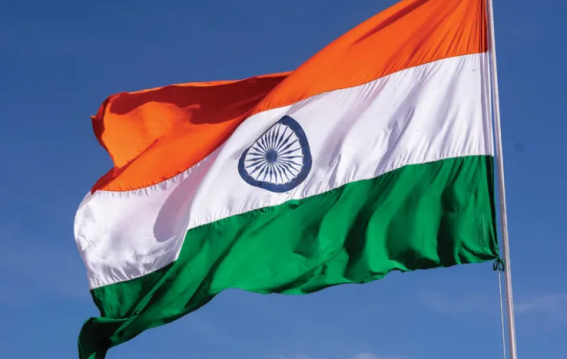

Last Updated Jul - 31 - 2025, 05:47 PM | Source : Fela News
Explore the fascinating evolution of the Indian flag—from Ashoka’s Chakra and Mughal standards to the modern-day Tricolour. Discover how symbols of empires beca

Sep - 18 - 2025
Rahul Gandhi held a press conference on Thursday where he said his team had uncovered what he termed a vote chori factory a large-scale operation t... Read More
Sep - 18 - 2025
Hyderabad is poise for dramatic transformation under Telangana government long-term vision called Telangana Rising-2047. Chief Minister A. Revanth ... Read More
Sep - 17 - 2025
Andhra Pradesh’s IT Minister Nara Lokesh has made a warm invitation to Rajesh Yabaji, CEO of BlackBuck, asking him to consider relocating the... Read More
Sep - 17 - 2025
Defence Minister Rajnath Singh has hailed the bravery and courage of Indian Armed Forces, referring to a recent confession by a top Jaish-e-Mohamma... Read More
Sep - 17 - 2025
Urban Company made waves on Dalal Street when its IPO debuted, listing at almost 57-60% premium above issue price. The company’s IPO was pric... Read More
Sep - 17 - 2025
Prime Minister Narendra Modi, at a massive rally in Dhar on his 75th birthday, chose not just to celebrate but to reflect on a significant achievem... Read More